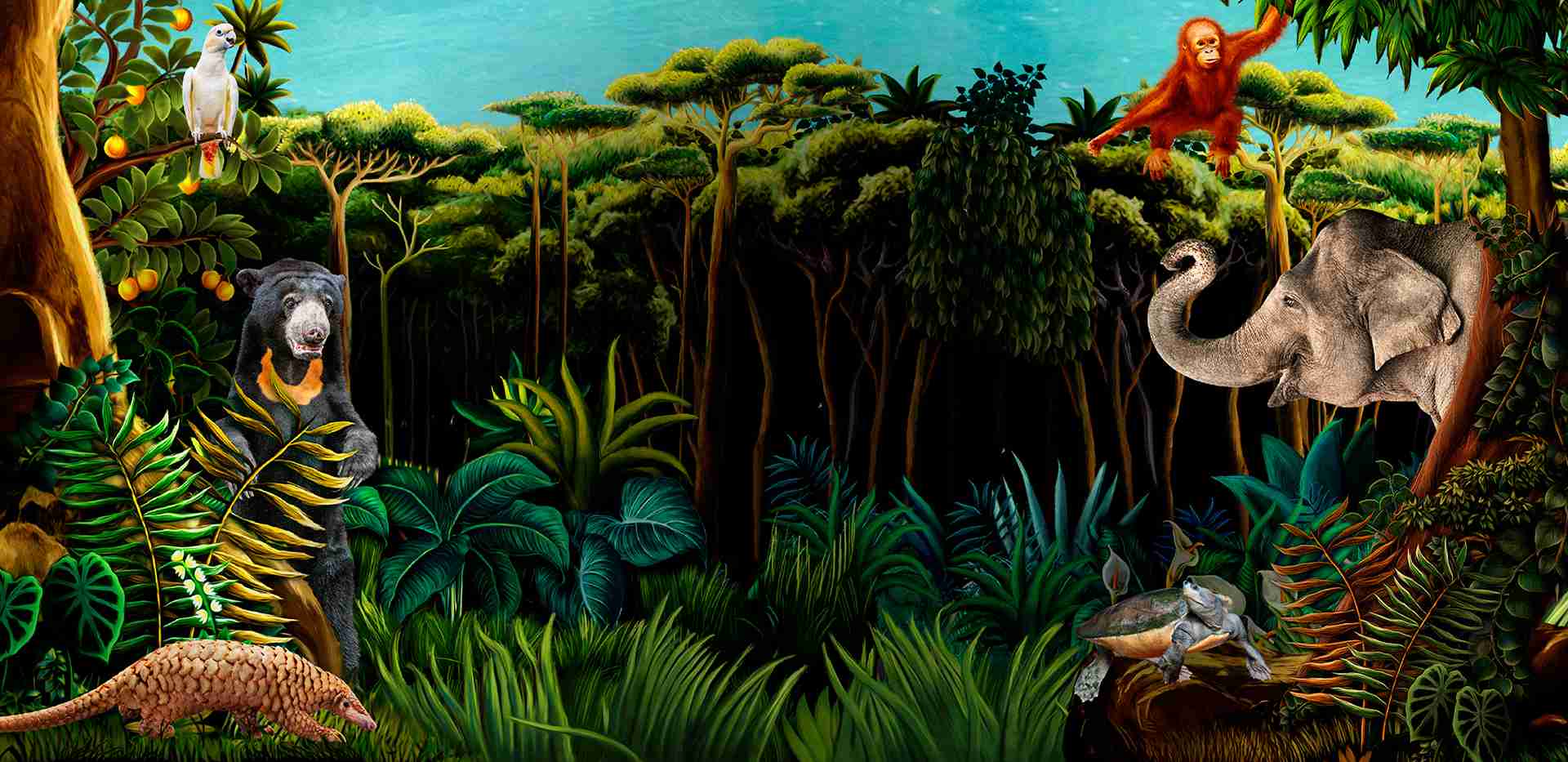- Peer Reviewed Papers
- Non-Peer Reviewed Papers (Coming Soon)
Evidence of canine parvovirus transmission to a civet cat (Paradoxurus musangus) in Singapore
Ian H. Mendenhall, Dolyce Low, Erica Sena Neves, Ali Anwar, Serena Oh, Yvonne C.F. Su, Gavin J.D. Smith
Hematology and serum biochemistry parameters for rescued common palm civets (Paradoxurus hermaphroditus) in different age groups
Ali Anwar Ahmad, Praveena Jayarajah, Gwen Wong Yee Han, Serena Jocelyn Oh Wai Yin, Abdullah Rasedee
Severe visceral pentastomiasis in an oriental small-clawed otter with functional thyroid carcinoma
Chia-Da Hsu, Yaoprapa Mathura
Hematological and serum biochemical parameters of rescued Sunda pangolins (Manis javanica) in Singapore
Ali Anwar Ahmad, Sofeah Samsuddin, Serena Jocelyn Wai Yin Oh, Pedro Martinez-Perez, Abdullah Rasedee
Hematology and serum biochemistry of captive Sunda pangolin (Manis javanica) in Mandai Wildlife Reserve
Ali Anwar Ahmad, Shangari Sekar, Pei Yee Oh, Sofeah Samsuddin
Comparison of alfaxalone-medetomidine and tiletamine-zolazepam in rescued common palm civets (Paradoxurus musangus)
Ali Anwar Ahmad, Norsham Abd Wahab, Clara Wenjing Yeo, Serena Jocelyn Wai Yin Oh, Hui Cheng Chen
Treatments and outcomes of severe hemorrhagic enteritis in three eastern bongos (Tragelpahus eurycerus isaacii) at the Singapore Zoo
Yirui Heng, Charlene Yen-Feng Yeong, Shin Min Chong, Abraham Mathew
Fatal Septicemia and Mastitis in Wild Sunda Colugos (Sunda Flying Lemurs; Galeopterus variegates) in Singapore
Shin Min Chong, Pei Yee Oh, Delia Chua, Shangari D/O Sekar, Chia-Da Hsu
A brief report on the development of dorsal air sacs in hand reared Von der Decken’s hornbills (Tockus deckeni)
Mark Rusli
Comparative diet and nutrition of primates at the Singapore Zoo
John Sha Chih Mun, Beverly Xue Yi Ting, Jeslyn Ho Li Jun, Subash Chandran, Azmi Amzah, Serena Oh Wai Yin
Fecal Glucocorticoid Metabolite Concentration as a Tool for Assessing Impacts of Interventions in Humboldt Penguins (Spheniscus humboldti)
Shangzhe Xie, Todd J. McWhorter
Nutrient-based diet modifications impact on the gut microbiome of the Javan slow loris (Nycticebus javanicus)
F. Cabana, J. B. Clayton, K. A. I. Nekaris, W. Wirdateti, D. Knights, H. Seedorf
Strengthening capacity for species conservation in South-east Asia: a provisional assessment of needs and opportunities for the Asian Species Action Partnership
Nerrisa Chao, Thirzaa.C.Loffeld, Kate Mastro Daniel H.A.Willcox, Vicki Guthrie, Madhu Rao
Assessment of the utility of a commercial calprotectin and lactoferrin rapid test in diagnosis of marmoset wasting syndrome
Guillaume Douay, Rina Maguire, Francis Cabana, Melanie Berthet, Zi Teng Lim, Anna Meredith
Urine collection conditioning in determining the oestrous cycle of a captive female giant panda (Ailuropoda Melanoleuca)
Trisha Tay Ting Ni, Josephine Kawi, Li Desheng, Huang Yan
Dietary management of a hamadryas baboon (Papio Hamadryas) troop to improve body and coat condition and reduce parasite burden
Francis Cabana, Praveena Jayarajah, Pei Yee Oh, Chia-Da Hsu
The use of a 3D-printed prosthesis in a Great Hornbill (Buceros Bicornis) with squamous cell carcinoma of the casque
Shangzhe Xie, Bohong Cai, Ellen Rasidi, Ching-Chiuan Yen, Chia-da Hsu, Wai Tung Chow, Virginie De Busscher, Li Chieh Hsu
Intralesional methylprednisolone injection as an adjunct treatment for peri-cloacal pyogranuloma in an African penguin (Spheniscus demersus)
Shangzhe Xie, Gabrina Shuang-Li Goh, Chia-Da Hsu

